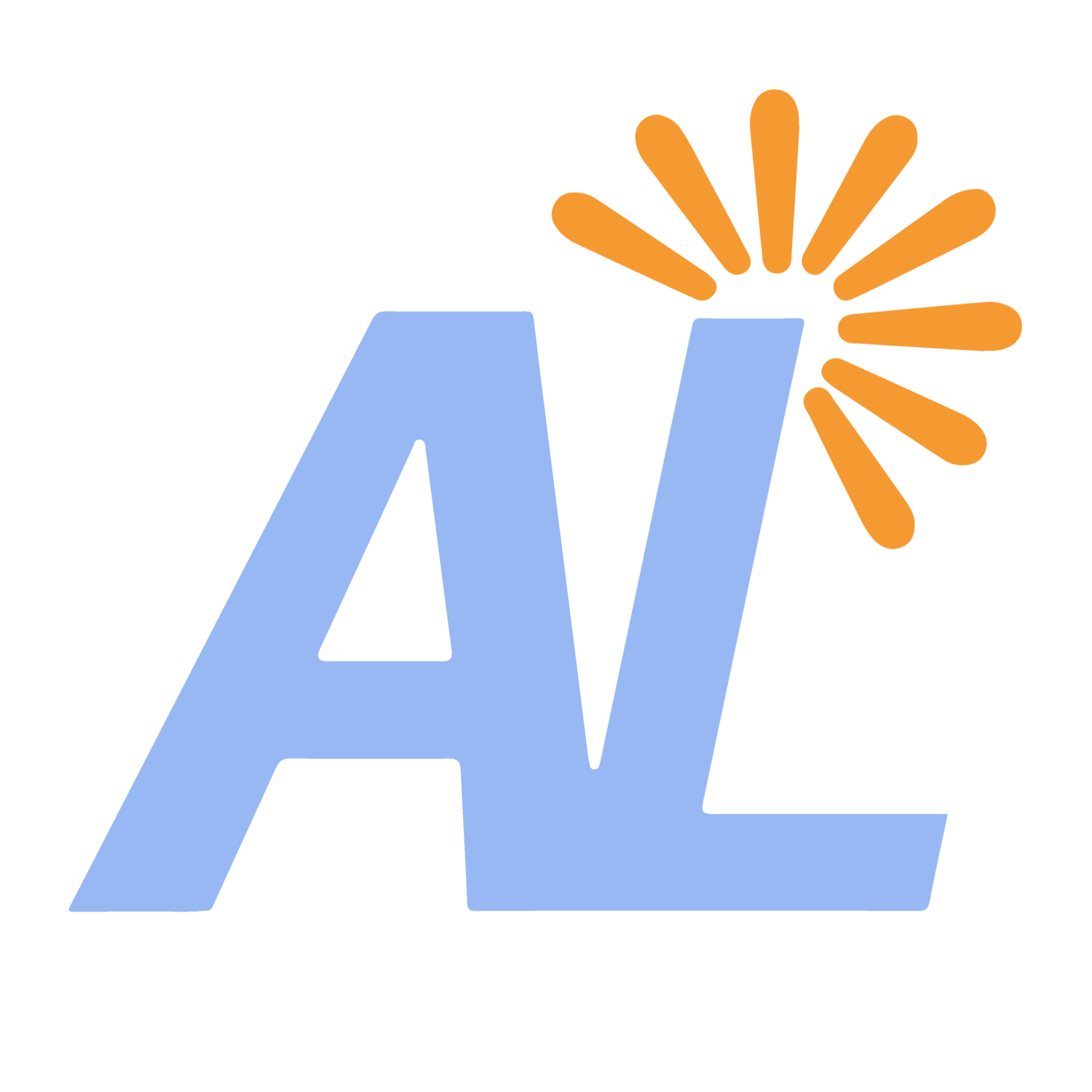Food Allergy, Anaphylaxis and Epinephrine
Over the recent decades, food-related anaphylaxis is continually increasing, particularly in young children.
Data shows that food allergies and related anaphylaxis are on the rise, especially in young children, and the resulting deaths prove to be an ever-growing problem in the United States. Common triggers for food allergies are milk, eggs and peanuts. Symptoms of anaphylaxis may general present with coughing, wheezing, and/or vomiting. Children too young to verbalize a reaction may show signs such as crying, drooling or regurgitation.
One of the most commonly used therapies for food-related anaphylaxis is epinephrine.
In the event of an allergic emergency, treatment with epinephrine by injection should be given quickly. Clinical guidelines recommend that corticosteroids and antihistamines, other available therapies, should only be used as supplementary to epinephrine - not in replacement of. Corticosteroids given after epinephrine can help reduce the chances of recurrent reactions. Antihistamines given after epinephrine can help control symptoms such as itching and flushing. However, research shows that nearly half of all patients experiencing anaphylaxis are inappropriately administered other treatments before receiving epinephrine.It is important to note that, although rare, deaths from anaphylaxis do happen. The average time to cardiac or respiratory arrest from ingestion of reaction-inducing food is around 30 minutes. Fatal reactions are most likely to happen to those who have previously had mild reactions. Recognizing the symptoms and being quick to act are necessary for anyone with (or around) children with food-related allergies. It is a community-wide effort: parents, teachers, nurses, babysitters. Everyone must be at the ready to recognize symptoms and deliver treatment. Staying educated and alert are ways that everyone can help prevent future anaphylaxis fatalities.
